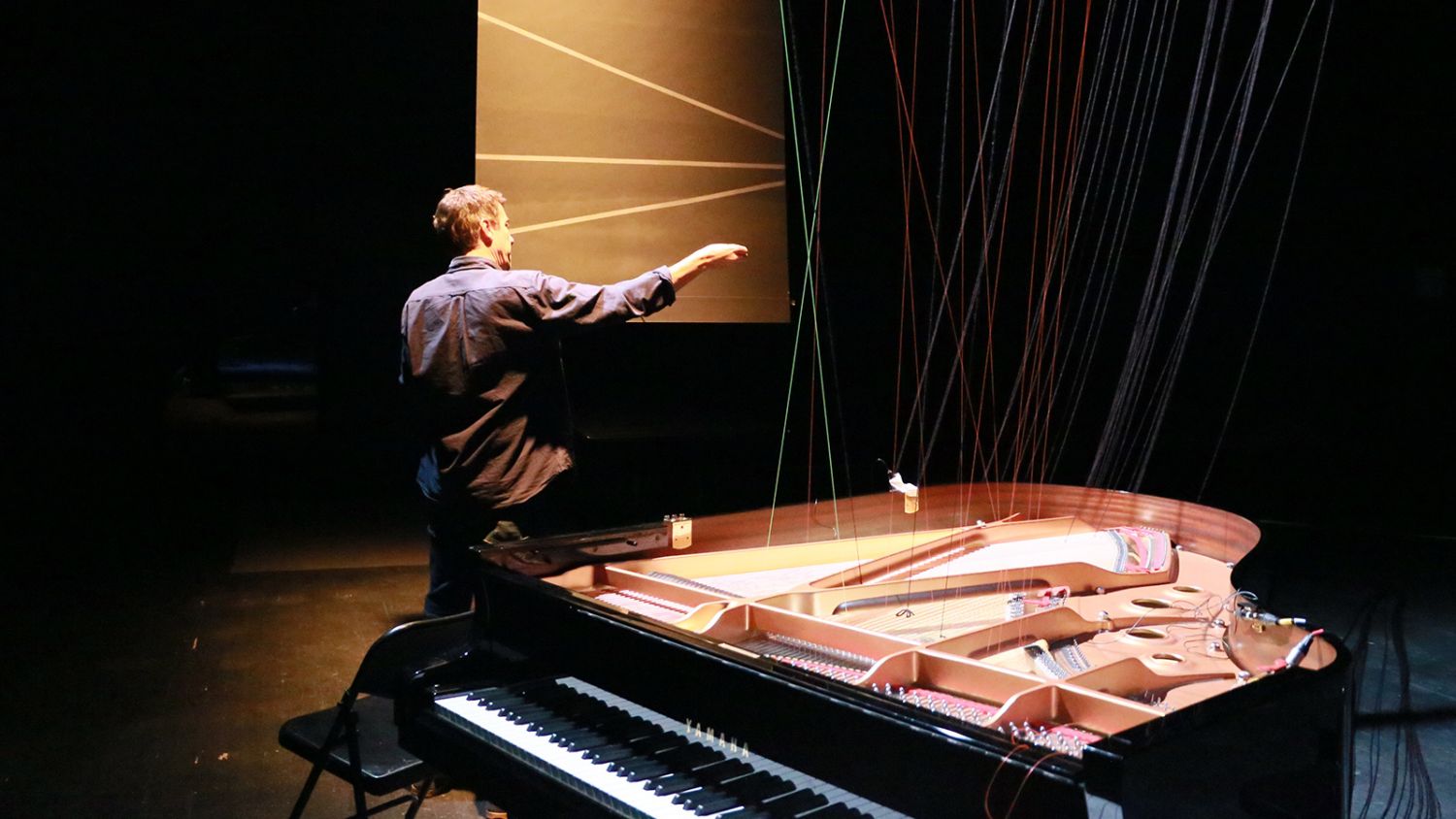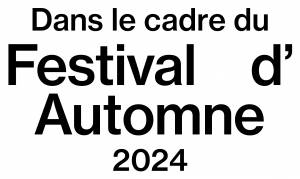Dec 15, 2024
SALVATORE SCIARRINO, ALBERTO POSADAS, JÉRÔME COMBIER

AN OUTSTANDING PROGRAM DEVISED BY THE FESTIVAL D'AUTOMNE À PARIS PRESENTING THE MUSIC OF JÉRÔME COMBIER FOR THE AUDIENCE TO DISCOVER DETAILS OF THE WORLD AND RELATED SUBTLE MUTATIONS.
Jérôme Combier’s latest composition Strands has brought together the world of animals and the world of plants, weaving strands as if in a spider’s web. What is a strand? The work deploys a dual array of strands in tangible dimensions: as for a gypsy violin with the horsehair of the bow in contact with the strings, most of the instruments here are extended through barely visible strands. Similarly with electronics, bare wires and cables appear to form a web emitting acoustic data from one point to another. Such transformations are in real time, taking the scale of sound to the level of microscopic observation, to the echoes of the world, the rustling of leaves in the wind, or tiny fluttering movements of insects. Such strands induce an ever-changing form. Jérôme Combier adopts the rhizome concept as propounded by Gilles Deleuze and Félix Guattari, i.e. a rhizome developing horizontally with no central hub, no hierarchical structure, no theory; but there is great attention to line, to the link joining us together, to elements multiple and heterogeneous. As Ovid wrote in the heading to the first book of The Metamorphoses: “My design leads me to speak of forms changed into new bodies.” The program also features three works for solo flute, including a new composition by Alberto Posadas, all to be performed by the virtuoso Matteo Cesari.
Laurent Feneyrou
Salvatore Sciarrino Venere che le grazie la fioriscono (1989) for flute.
Jérôme Combier Cordelia des nuées (2003) pour flute
Alberto Posadas.Ianus for piccolo
Jérôme Combier Strands... parce qu’elles ont l’ombre des abîmes for ensemble and electronics
Matteo Cesari flute and piccolo
Max Bruckert electronics
Ensemble Multilatérale
Léo Warynski conductor
Coproduction Grame - centre national de création musicale

Sun 15 Dec 2024
3:00 PM
From €8 to €27